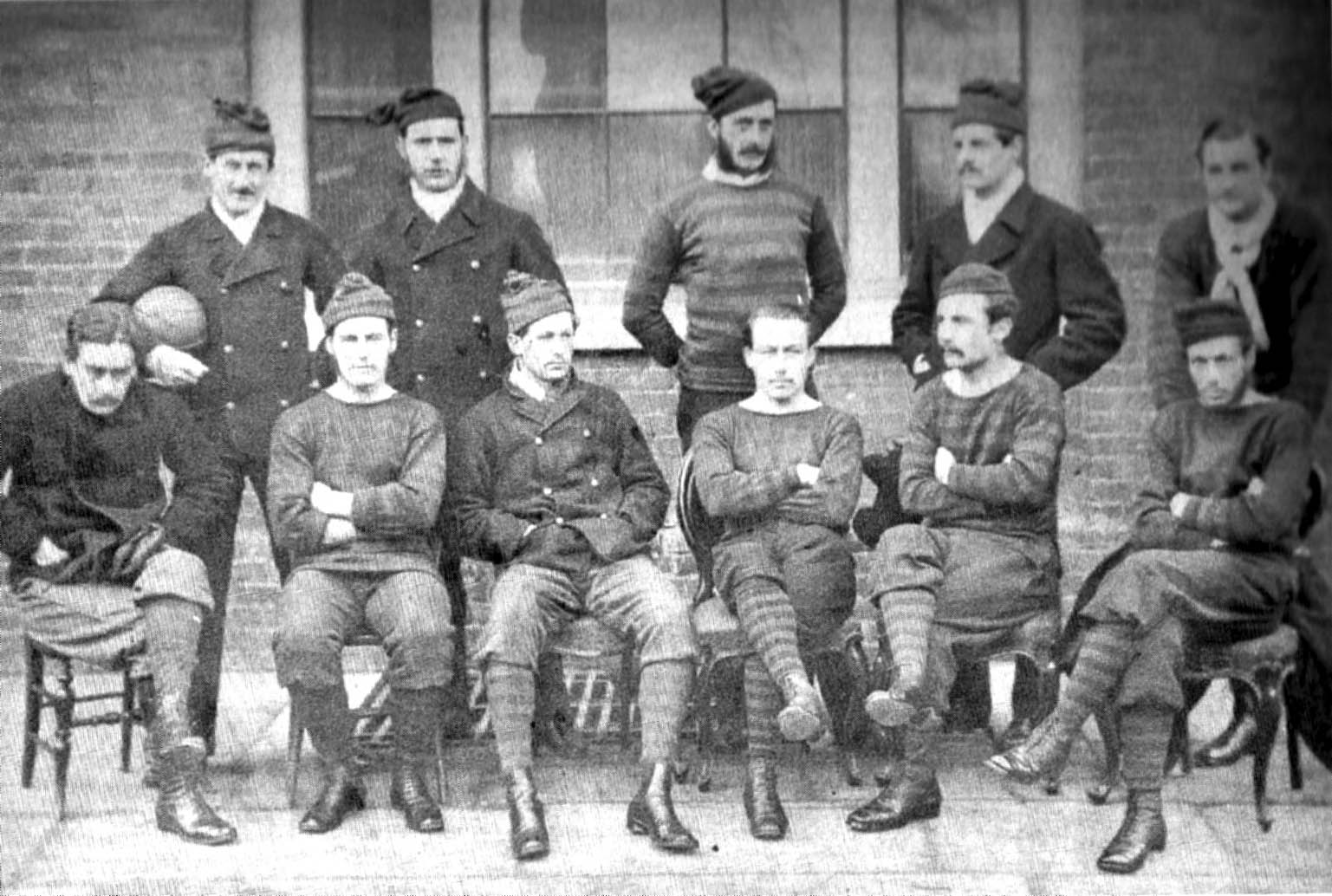
The Evolution of Football Rules: From 1863 to Modern VAR
By Goal1k.com | Football History & Insights
Football — or soccer as it is called in some countries — is the world’s most popular sport, followed by billions of fans across every continent. But the football we watch today with VAR screens, goal-line technology, red and yellow cards is very different from the game first codified in 1863. The story of football is not only about players and goals, but also about how its rules have evolved to keep the game fair, safe, and exciting.
⚽ 1863: The Birth of Football Rules
In 1863, the newly formed Football Association (FA) in England wrote down the very first “Laws of the Game.” Before this, every region and school had its own version of football, making matches confusing. The FA standardized the rules so clubs across England could play under the same code. These original rules became the foundation of the global sport we know today.
- No carrying the ball with hands — which separated football from rugby.
- Throw-ins were officially introduced.
- Goals only counted when the ball passed between two upright posts (no crossbar yet).

🥅 Late 19th Century: The Offside Rule & Penalty Kick
As football spread throughout Europe and South America, the need for fair play led to more rule changes:
- Offside Rule (1866) – Designed to stop attackers from waiting near the opponent’s goal (“goal-hanging”).
- Penalty Kick (1891) – Introduced to punish fouls inside the penalty area and give defenders less room for dangerous play.
These innovations gave structure to the game, rewarding skill and strategy over brute force.

⏱️ 20th Century: Substitutions, Cards, and Tactical Football
Football grew rapidly during the 20th century, becoming a professional sport and a global passion. With millions watching, FIFA and the FA introduced further reforms:
- Substitutions (1958) – First used at the World Cup in Sweden, allowing injured or tired players to be replaced.
- Yellow and Red Cards (1970) – Introduced in the Mexico World Cup to help referees discipline players without language barriers. The card system was inspired by traffic lights: yellow for warning, red for sending off.
- Tactical Awareness – The introduction of cards and substitutions created opportunities for managers to use strategies beyond just attacking football.

📺 The Television Era and Global Football
From the 1950s onwards, television broadcasts brought football to every living room. The global audience grew, and so did the pressure on referees to make accurate calls. As football became a multi-billion dollar business, mistakes carried huge consequences.
By the 1990s and 2000s, conversations about technology in football became louder. Other sports such as tennis and cricket had already embraced tech. Football could not stay behind forever.
🎥 Modern Technology: Goal-Line & VAR
After years of debate, the 21st century finally saw football embrace technology:
- Goal-Line Technology (2012) – Used in the Premier League to confirm whether the ball had fully crossed the goal line. Sensors and cameras ended years of controversy.
- VAR (Video Assistant Referee, 2018) – First used in the FIFA World Cup in Russia. Referees can now review crucial decisions regarding goals, penalties, offside, and red cards.
While VAR is celebrated for improving fairness, it has also sparked heated debates among fans who argue that it slows down the rhythm of the game. Still, its impact on football is undeniable.

📊 The Future of Football Rules
What comes next? Football continues to evolve, with discussions about semi-automated offside technology, improved concussion protocols, and even potential rule adjustments to make the game faster for TV audiences. Technology will remain central, but the essence of the sport — goals, teamwork, and passion — will never change.
Future possibilities include:
- Semi-automated offside systems with AI cameras (already tested in Champions League).
- New concussion substitute rules to protect player health.
- Expanded use of analytics for refereeing and player performance.
📌 Conclusion
From the muddy pitches of 1863 to today’s dazzling stadiums equipped with VAR screens, football has never stopped adapting. Every new rule — from offside to red cards to technology — was introduced with one goal in mind: to make the game fairer, safer, and more enjoyable.
Whether you love or hate VAR, one thing is certain: the evolution of football rules will continue, shaping the world’s most popular game for future generations.
👉 What do you think? Has VAR improved football, or taken away its spontaneity? Share your thoughts in the comments below!